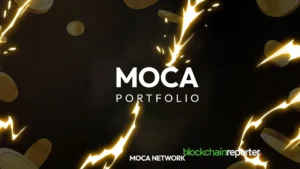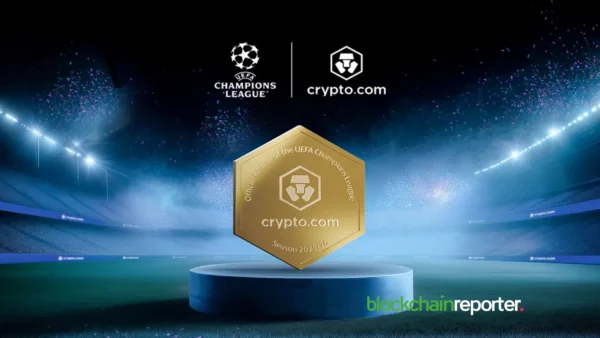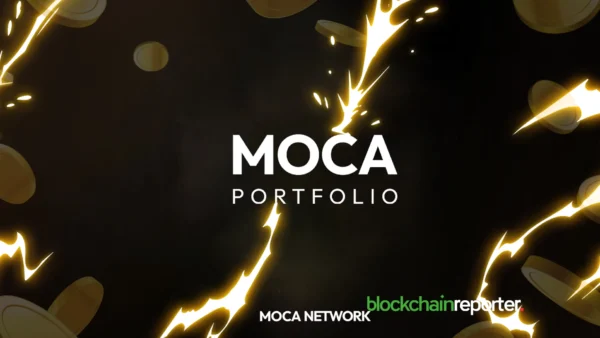
Non-fungible tokens, popular as NFTs, have been around for the better part of the decade, but very few people know their actual value – apart from being artsy little internet pictures that, at times, sell for millions of dollars. While art tops the utility charts for NFTs, there is more to NFTs than selling unique digital art. Developers worldwide are developing novel use cases daily to empower various enterprises and industries globally.
For newbies, NFTs are unique digital assets created on the blockchain to represent ownership or proof of authenticity of a specific item or piece of content. These digital assets are revolutionizing industries worldwide, from gaming to music, healthcare to real estate, and while the impact in each industry is remarkable, NFTs in online education represent the most groundbreaking use of these assets.
These digital assets provide an unexplored approach to learning by enhancing the interactivity between educators and learners, incentivising educators to create better learning content, verification and authentication, and a new strategy to solve challenges that have previously hindered online learning.
One of the leading pioneers of introducing blockchain and NFTs, Open Campus, will be the focus of this article. We delve into the benefits of NFTs on the Open Campus platform and how these innovative digital assets enhance online learning and protect the digital property rights of creators and educators.
Rise of A New Dawn: Open Campus Introduces Publisher NFTs
Open Campus is a community-led protocol for educators, content creators, parents, and students. The foundation launched in 2023 with support from well-established companies in blockchain and education industries, including Animoca Brands, TinyTap, GEMS Education, Liberty City Ventures, Dalton Learning Labs and others.
The primary mission of the foundation is to democratize learning worldwide. Open Campus allows educators, teachers and parents to create educational content and earn royalties from the content. Conversely, the platform allows other users to contribute to the content as co-publishers and earn a piece of the revenue generated. Simply, the protocol introduces a unique way of online learning via tokenizing the world’s educational content and providing a marketplace for educators to sell their content.
To achieve all this, Open Campus launched their native Publisher NFTs, which is the foundation of the system. These digital assets enclose the creator’s digital property rights, empowering them to maintain ownership of their intellectual property (IP) and monetize their content based on its performance.
So how do Publisher NFTs work?
Publisher NFTs are minted by the content creators on Open Campus, representing a course or educative game they created. Once minted, market participants (co-publishers) can purchase the NFTs, which gives them the right to ownership of a fraction of the course. These ‘Publisher NFTs’ give the holder a right to share a portion of the generated revenue with the creator, which is collected from a subscription model.
Content creators have the flexibility to determine the portion of their content’s revenue they wish to sell. By leveraging Publisher NFTs, the Open Campus Protocol fosters an environment where creators can benefit from their work while retaining control over their IP.
On their part, the NFT holders have a responsibility to promote the content to ensure the highest possible revenue is generated. This forms a symbiotic relationship between creators and co-publishers, whereby creators need to develop exciting and engaging content to entice co-publishers to purchase their Publisher NFTs, and co-publishers need to promote this content to ensure higher revenue.
How Publisher NFTs are shaping the future of online education
Open Campus presents an opportunity for educational content creators and teachers to earn from their work. Using their expertise, teachers and educators can turn what their good at into passive income from selling courses that impact the next generation.
It is no secret that teachers worldwide do not make enough money, especially in developing countries. Open Campus Publisher NFTs could change this via the tokenization of education content into NFTs. Teachers can access new funding sources by selling co-publishing rights to their educational content, benefiting from the new partnerships and earning royalties. For instance, one educator who joined Open Campus during the COVID-19 pandemic has launched over 800 interactive games and courses on the platform, selling one of the courses for over $35,000 in an auction.
Notwithstanding, these digital assets also provide co-publishers with an alternative source of income, as revenue is generated from the course they invested in. Apart from earning themselves, co-publishers also support the creators directly by buying Publisher NFTs, ensuring the creators are motivated to create more engaging and impactful content.
The future of Open Campus Publisher NFTs
In a rapidly evolving digital landscape, NFTs are transcending their initial perception as being valuable only within the realm of digital art. As demonstrated by the pioneering efforts of Open Campus, these unique digital assets have forged an innovative path in the domain of online education. Beyond the eye-catching allure of multi-million-dollar sales, NFTs have catalyzed a paradigm shift, enabling educators, content creators, and co-publishers to establish symbiotic relationships that revolutionize how knowledge is disseminated and rewarded.
The emergence of Publisher NFTs has ignited a beacon of hope for educators seeking additional income streams, ultimately enriching the educational experience for learners worldwide. As the boundaries of NFT utility continue to expand, Open Campus stands as a testament to the profound impact these digital assets can wield, propelling the future of education into uncharted territories of collaboration and empowerment.









